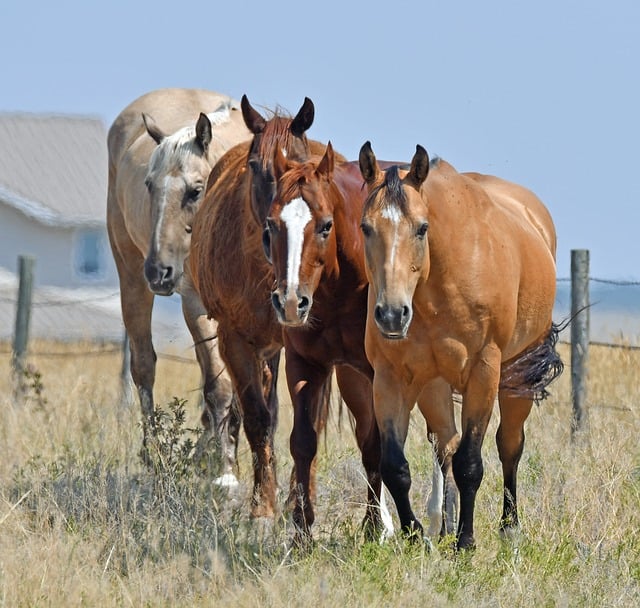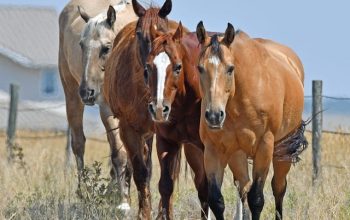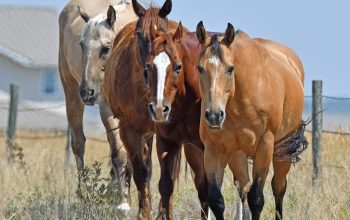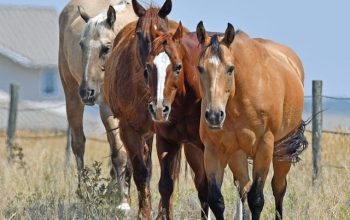When planning Fencing Farm, tailor your approach based on property size, livestock/crops, aesthetics, weather, and local wildlife. Choose durable materials like HDPE or steel over rot-prone wood. Align material selection with primary purpose (livestock containment, security, or aesthetics). Consider environmental factors and local regulations for compliance and longevity. Ensure proper installation, regular maintenance, and clear fence lines to maximize lifespan of your Fencing Farm investment.
Choosing the right fencing materials for your farmland is a crucial decision that impacts durability, aesthetics, and long-term costs. In this comprehensive guide, we’ll walk you through understanding your fencing needs, exploring material options from wood to metal, and considering key factors like climate and budget. Learn essential installation and maintenance tips to ensure your fence stands the test of time, enhancing both the security and value of your farming operations.
- Understanding Your Fencing Needs for Farmland
- Material Options for Durability and Aesthetics
- Factors to Consider When Choosing Fence Materials
- Installation and Maintenance Tips for Longevity
Understanding Your Fencing Needs for Farmland
When considering fencing for your farmland, understanding your specific needs is paramount. The type of fence required varies based on factors like the size and layout of your property, livestock or crops to be protected, and aesthetic preferences. For instance, a sturdy, durable fence might be essential to keep out wandering animals in vast pasturelands, while a more subtle, ornamental fence could enhance the landscape and mark property boundaries in smaller, intensively farmed areas.
Farming operations also differ greatly. Whether you raise livestock, grow crops, or both, your fencing needs may vary. Cattle, sheep, and goats require different types of fences than poultry or crop fields. Additionally, considering factors like weather conditions, local wildlife, and accessibility for maintenance will influence the choice of materials and design.
Material Options for Durability and Aesthetics
When choosing materials for a fencing farm, durability is paramount. Opting for robust options like high-density polyethylene (HDPE) or steel ensures your fence can withstand harsh weather conditions, heavy wildlife, and years of wear and tear. These materials also boast superior longevity compared to traditional wood, which can rot, warp, or split.
Beyond functionality, aesthetics play a crucial role in enhancing the curb appeal of your farming property. A variety of colors and styles are available in HDPE and steel fencing, allowing you to select options that complement your landscape design. From rustic looks to modern, sleek designs, the right material can transform your fencing farm into a visually striking feature that showcases your style while providing essential protection for your land.
Factors to Consider When Choosing Fence Materials
When selecting fencing farm materials, several key factors come into play. First and foremost, consider the purpose of your fence; is it for livestock containment, security, or aesthetic appeal? Different fencing options cater to specific needs, so understanding your primary objective is essential. For example, if you’re aiming to keep cattle in, robust, durable materials like high-tensile wire or wood posts are ideal choices.
The environment and climate also play a significant role. In areas prone to harsh weather conditions, such as heavy rain or extreme temperatures, materials that can withstand these elements are necessary. Rust-resistant options for metal fences or treated woods designed for moisture resistance are examples of suitable choices for challenging environments. Additionally, local regulations and zoning laws may dictate the types of fencing permitted, so staying informed about compliance is crucial.
Installation and Maintenance Tips for Longevity
When it comes to fencing farm applications, proper installation and regular maintenance are key to ensuring longevity. Start by preparing the ground thoroughly before installing any fences. This includes clearing away debris, leveling the surface, and addressing drainage issues to prevent water damage. Use high-quality materials suitable for outdoor, agricultural use to withstand harsh conditions.
Regular upkeep is equally important. Inspect your fencing farm structures at least twice a year for signs of wear and tear. Repair or replace any damaged sections promptly. Keep the fence lines clear of overhanging branches and weeds that can cause strain on the material. Applying protective coatings or sealers as recommended by the manufacturer can also significantly extend the life of your fencing farm investment.
When selecting fencing materials for your farmland, it’s essential to balance durability, aesthetics, and your specific needs. By understanding your requirements, considering various options, and implementing proper installation and maintenance practices, you can choose the perfect fencing farm solution that enhances your landscape while withstanding the challenges of outdoor exposure. Remember, the right fence not only secures your property but also contributes to its overall beauty and value.




